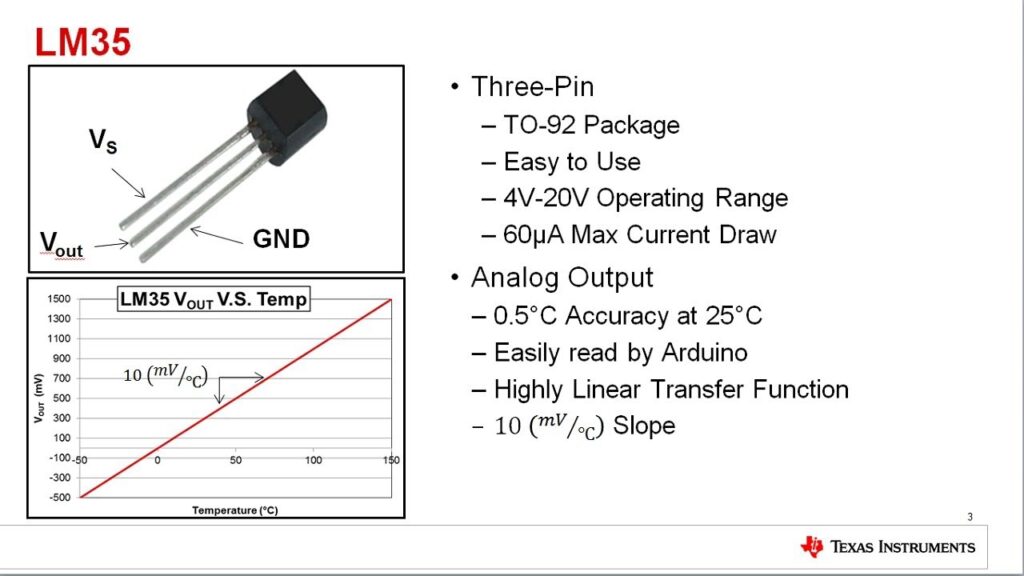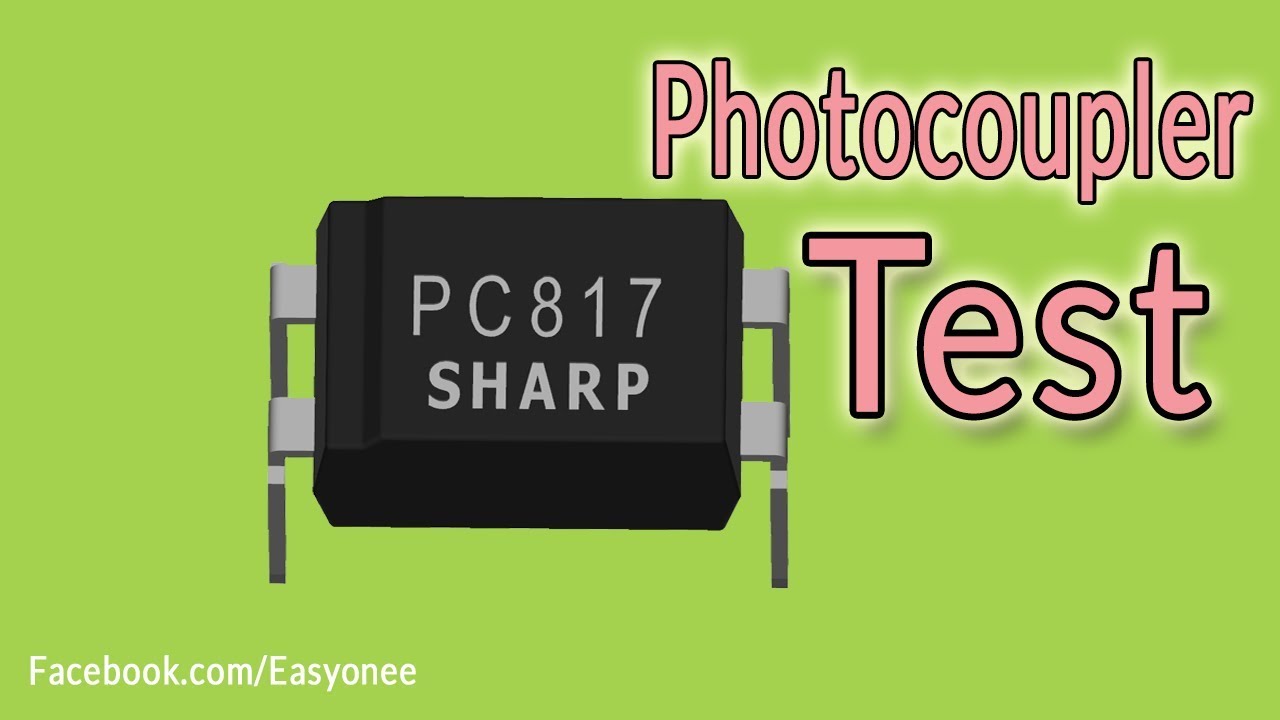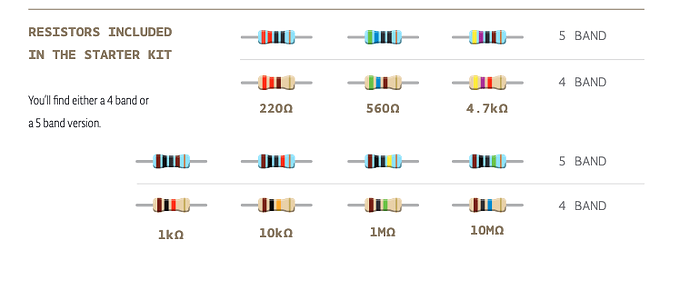How to read an LM35 temperature sensor?
LM35 is a precision integrated circuit temperature sensor that can be easily interfaced with microcontrollers such as Arduino to measure the ambient temperature. Reading an LM35 temperature sensor is a straightforward process, and in this article, we will walk you through the steps to do so.
Understanding the LM35 sensor
The LM35 sensor outputs a voltage proportional to the temperature in degrees Celsius. For every 1 degree Celsius rise in temperature, the output voltage of the sensor increases by 10mV. The LM35 has a linear output response, making it easy to convert the analog voltage output into temperature readings.
Connecting the LM35 sensor
The LM35 sensor has three pins: VCC, GND, and OUT. Connect the VCC pin to the 5V pin of the Arduino, the GND pin to the GND pin of the Arduino, and the OUT pin to any available analog input pin on the Arduino board.
Reading the sensor data
To read the temperature data from the LM35 sensor, you can use the analogRead function in Arduino. The analogRead function reads the voltage value from the sensor and converts it into a digital value ranging from 0 to 1023.
Here is a simple code snippet to read the temperature data from the LM35 sensor:
int lm35Pin = A0; // LM35 sensor connected to analog pin A0
int sensorValue;
float temperature;
void setup() {
Serial.begin(9600);
}
void loop() {
sensorValue = analogRead(lm35Pin);
temperature = (sensorValue * 5.0 * 100.0) / 1024.0;
Serial.print("Temperature: ");
Serial.print(temperature);
Serial.println(" °C");
delay(1000);
}
Interpreting the sensor data
Once you have uploaded the code to your Arduino board, open the Serial Monitor in the Arduino IDE. You will see the temperature readings in degrees Celsius displayed on the Serial Monitor. You can now use this data for various applications such as temperature-controlled systems, weather stations, and more.
Conclusion
Reading an LM35 temperature sensor is a simple and effective way to monitor the ambient temperature using Arduino. By following the steps outlined in this article, you can easily interface the LM35 sensor with your Arduino board and start reading temperature data in no time.
How to read an LM35 temperature sensor?
LM35 is a precision integrated circuit temperature sensor that can be easily interfaced with microcontrollers such as Arduino to measure the ambient temperature. Reading an LM35 temperature sensor is a straightforward process, and in this article, we will walk you through the steps to do so.
Understanding the LM35 sensor
The LM35 sensor outputs a voltage proportional to the temperature in degrees Celsius. For every 1 degree Celsius rise in temperature, the output voltage of the sensor increases by 10mV. The LM35 has a linear output response, making it easy to convert the analog voltage output into temperature readings.
Connecting the LM35 sensor
The LM35 sensor has three pins: VCC, GND, and OUT. Connect the VCC pin to the 5V pin of the Arduino, the GND pin to the GND pin of the Arduino, and the OUT pin to any available analog input pin on the Arduino board.
Reading the sensor data
To read the temperature data from the LM35 sensor, you can use the analogRead function in Arduino. The analogRead function reads the voltage value from the sensor and converts it into a digital value ranging from 0 to 1023.
Here is a simple code snippet to read the temperature data from the LM35 sensor:
int lm35Pin = A0; // LM35 sensor connected to analog pin A0
int sensorValue;
float temperature;
void setup() {
Serial.begin(9600);
}
void loop() {
sensorValue = analogRead(lm35Pin);
temperature = (sensorValue * 5.0 * 100.0) / 1024.0;
Serial.print("Temperature: ");
Serial.print(temperature);
Serial.println(" °C");
delay(1000);
}
Interpreting the sensor data
Once you have uploaded the code to your Arduino board, open the Serial Monitor in the Arduino IDE. You will see the temperature readings in degrees Celsius displayed on the Serial Monitor. You can now use this data for various applications such as temperature-controlled systems, weather stations, and more.
Conclusion
Reading an LM35 temperature sensor is a simple and effective way to monitor the ambient temperature using Arduino. By following the steps outlined in this article, you can easily interface the LM35 sensor with your Arduino board and start reading temperature data in no time.



